|
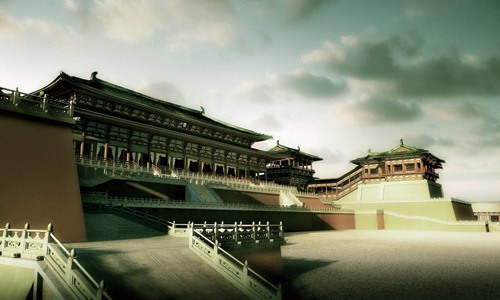
The Daming Palace was the center of politics, economics and culture during the Tang Dynasty. In the 280 years of its existence, the Daming Palace functioned as the hub of international communication at that time. More than 17 emperors have lived and presided over government affairs in the palace.
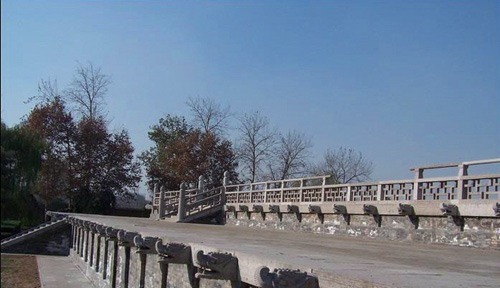
Starting in the 1950’s, measures were taken to protect Daming Palace, along with the archaeology and excavation work on the site. In October 2007, the government started an official preservation project. Once completed, the project will encompass an area of 19.16 square kilometers, with the key zone occupying 3.5 square kilometers. It will be the largest cultural heritage park in the world.
The park will also be the largest practice area of human ecology in the history of world heritage sites. The project will not only protect historical and cultural heritage, but will also improve the peripheral environment and the living standards of people, serving as a great example of the harmony between world heritage protection and modern city life.
Designed by Zhang Jinqiu, an academician from the Chinese Academy of Engineering, a new palace will be constructed in the Urban Best Practices Area on a 1:1 ratio based on Qifeng Ge, the architecture west to Hanyuan Palace – the main palace of the Daming palace group.
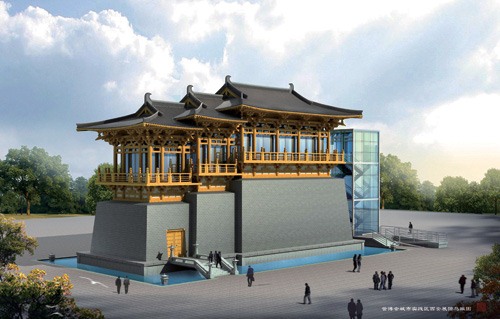
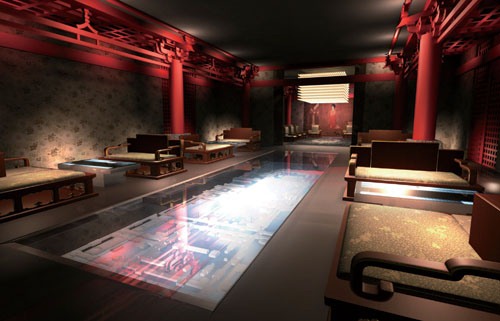



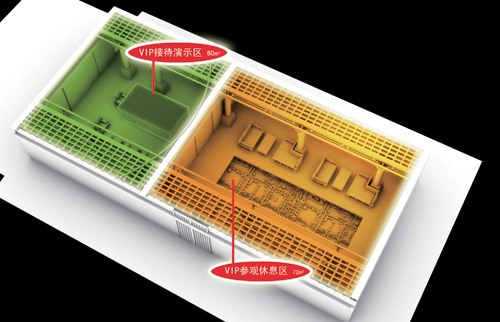
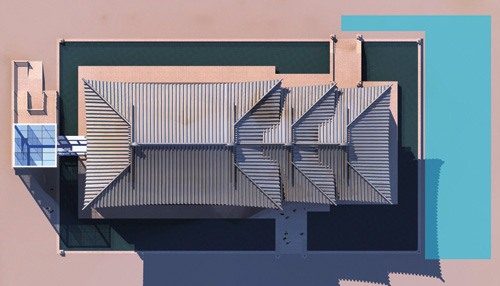
While following the former drawings of the old palace, designers will apply new building structure, new materials and advanced technology to make a brand new exhibition center with multiple functions. For example, visitors can take a trip through time from the Tang Dynasty more than a thousand years ago to the future cultural heritage park in the 3-D cinema, to appreciate both the splendor of the old empire and the dramatic development of modern time.
Precious cultural relics unearthed from the old Daming Palace will be displayed in an exhibition zone in the pavilion. Visitors can take a close look at them to see what they are like now, or trace back their look a thousand years ago with the help of a rear projection touch screen.
Editor: Xie Fang
Souce: en.expo2010.cn
|

